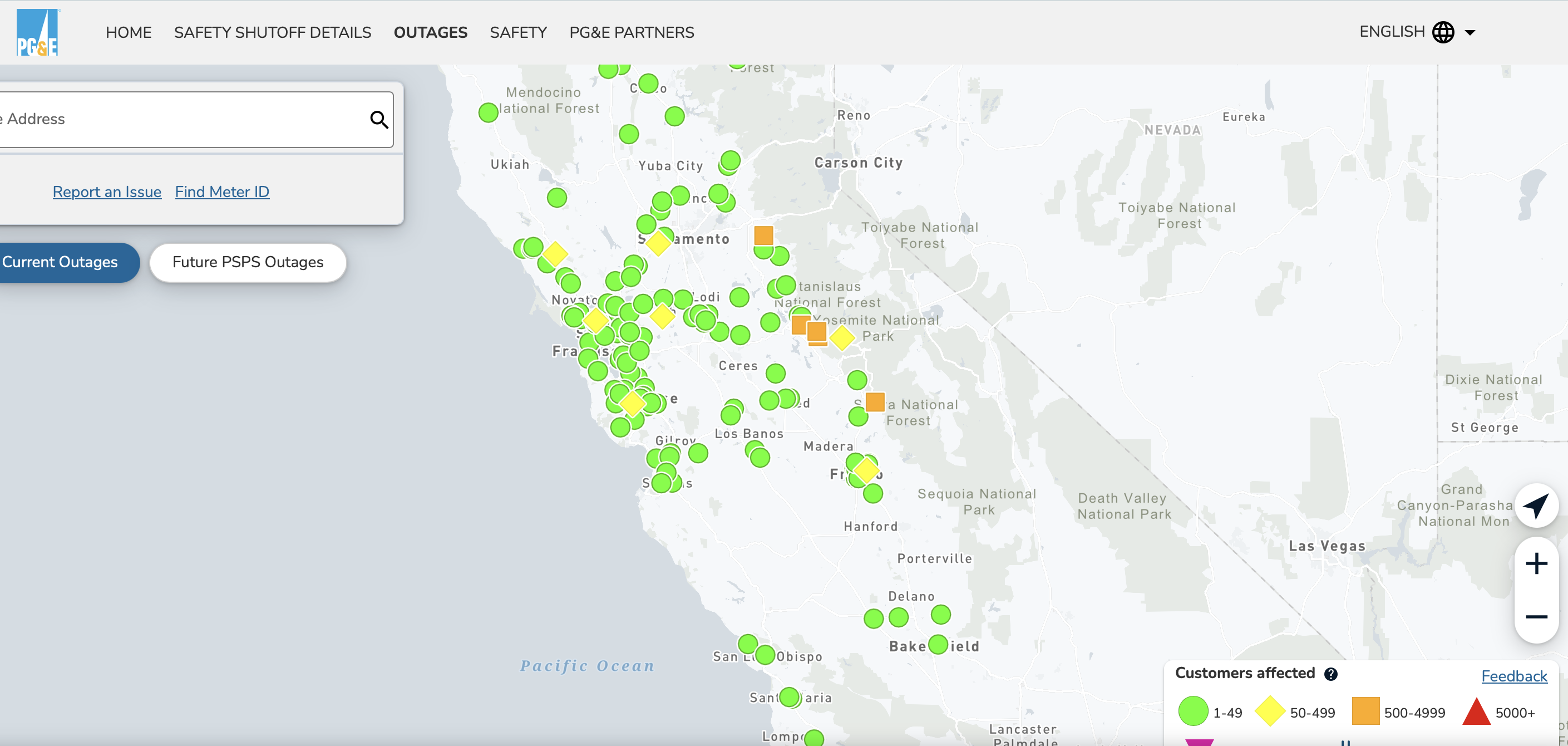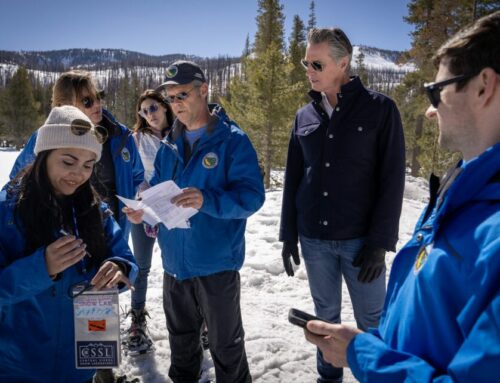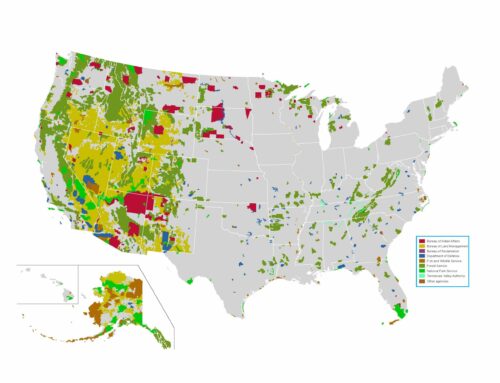by Katy Grimes, E&E Legal Senior Media Fellow and California Globe Editor
As Appearing in the California Globe
Energy is not so ‘renewable’ when it fails to even produce the power needed to fire up all of the state’s Teslas
Seriously – it’s 2023 (not 2002) and the “Nation State” of California can’t figure out how to keep the electrical grid operational?
ABC7 News reported Monday that PG&E said there were more than 10,000 families and businesses without power Sunday night, most in the East Bay.
“Sunday night the Orchards at Walnut Creek shopping center was filled with businesses and restaurants that looked like a ghost town with closures.”
“Also Sunday night, more than 3,000 PG&E customers in Orinda were impacted by outages. Most of downtown Orinda was impacted by outages.”
There are still power outages from Eureka and Redding in the North, all the way down south to Lompoc, according to the PG&E outage map.
Many will fondly remember the 2003 recall election of then-Gov. Gray Davis largely over how he mishandled the state’s electricity crisis. But that wasn’t all.
The rolling blackouts in the summer of 2002, Gov. Davis’s second year in office, affected approximately 1.5 million Californians.
James L. Sweeny, Professor of Management Science and Engineering, Stanford University, explains what happened:
“Deregulation works–but not the way it was done in California.”
“California’s disastrous experience with electricity deregulation cast a pall on movements towards deregulation throughout the United States. Some have said that the California experience shows that deregulation cannot and does not work, which is patently untrue, as an examination of energy, price, and demand data collected before and after the California electricity crisis shows. In this paper, I will describe what happened in California and the lessons to be learned from that experience. (A more complete discussion appears in my forthcoming book, The California Electricity Crisis [Sweeney, 2002].)
The California saga went through four stages, all of which presented the state with opportunities to make good and bad decisions. These stages were: (1) a risky situation that became (2) a challenge that turned into (3) a crisis that rapidly turned to (4) blight. Each stage, and in fact the whole process, should be seen not as a series of random, disconnected events, but as a sequence in which choices were made at each juncture. (Sweeny’s paper is really interesting).






